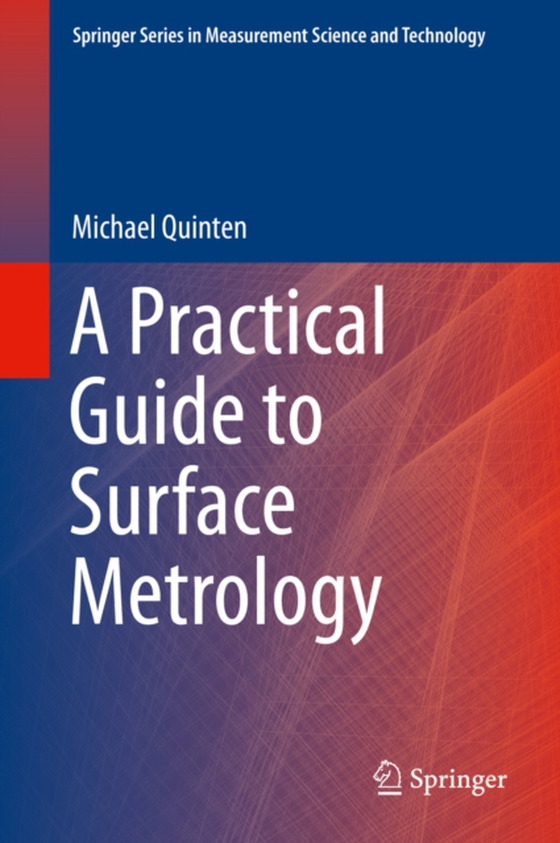
Practical Guide to Surface Metrology e-bog
802,25 DKK
(inkl. moms 1002,81 DKK)
This book offers a genuinely practical introduction to the most commonly encountered optical and non-optical systems used for the metrology and characterization of surfaces, including guidance on best practice, calibration, advantages and disadvantages, and interpretation of results. It enables the user to select the best approach in a given context.Most methods in surface metrology are ba...
E-bog
802,25 DKK
Forlag
Springer
Udgivet
1 januar 2020
Genrer
PDD
Sprog
English
Format
epub
Beskyttelse
LCP
ISBN
9783030294540
This book offers a genuinely practical introduction to the most commonly encountered optical and non-optical systems used for the metrology and characterization of surfaces, including guidance on best practice, calibration, advantages and disadvantages, and interpretation of results. It enables the user to select the best approach in a given context.Most methods in surface metrology are based upon the interaction of light or electromagnetic radiation (UV, NIR, IR), and different optical effects are utilized to get a certain optical response from the surface; some of them record only the intensity reflected or scattered by the surface, others use interference of EM waves to obtain a characteristic response from the surface. The book covers techniques ranging from microscopy (including confocal, SNOM and digital holographic microscopy) through interferometry (including white light, multi-wavelength, grazing incidence and shearing) to spectral reflectometry and ellipsometry. The non-optical methods comprise tactile methods (stylus tip, AFM) as well as capacitive and inductive methods (capacitive sensors, eddy current sensors).The book provides:Overview of the working principlesDescription of advantages and disadvantagesCurrently achievable numbers for resolutions, repeatability, and reproducibilityExamples of real-world applicationsA final chapter discusses examples where the combination of different surface metrology techniques in a multi-sensor system can reasonably contribute to a better understanding of surface properties as well as a faster characterization of surfaces in industrial applications. The book is aimed at scientists and engineers who use such methods for the measurement and characterization ofsurfaces across a wide range of fields and industries, including electronics, energy, automotive and medical engineering.
 Dansk
Dansk

